“ADF Design Award 2025” Excellence Award Winner - Interview with Sofia Fors
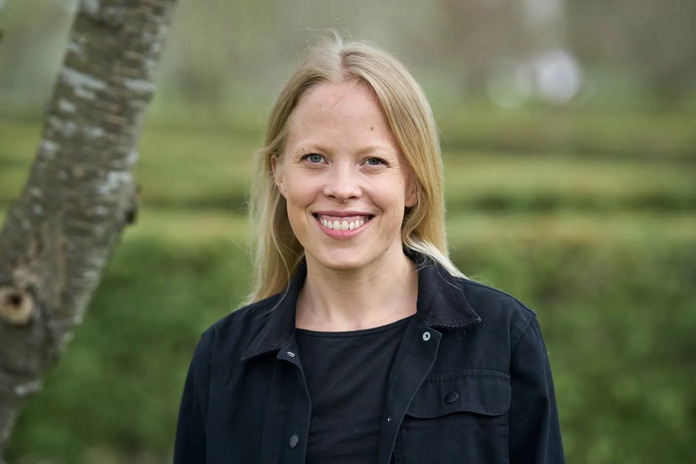
Image: Sofia Fors
Hosted by NPO Aoyama Design Forum(ADF), the "ADF Design Award 2025" has chosen Sofia Fors's work as the Excellence Award in the Education & Sports Category. Here is an interview article with Fors (Fors Arkitekter) to introduce the award-winning work and the story behind the designing process.
Winner of Excellence Award from the Education & Sports Category, Sofia Fors
Hosted by NPO Aoyama Design Forum(ADF), the "ADF Design Award 2025" has chosen Sofia Fors's work as the Excellence Award in the Education & Sports Category. Here is an interview article with Fors (Fors Arkitekter) to introduce the award-winning work and the story behind the designing process.
Could you tell us about your background as an architect?
I am an architect and the founder of Fors Arkitekter, a Copenhagen-based practice. I earned my Master’s degree in Architecture from the Royal Danish Academy of Fine Arts and have had the privilege of working at internationally renowned architecture practices, including BIG – Bjarke Ingels Group, before establishing my own practice. Fors Arkitekter quickly gained recognition with our win in the international competition for Maatulli School and Kindergarten in Finland, which has since received several awards for its innovative, timber-based learning environment. The practice is dedicated to designing architecture that enriches lives while respecting planetary boundaries, integrating building and landscape into cohesive designs rooted in context and Nordic tradition. Our work spans a variety of scales and typologies, from private residences to large public projects, always with a focus on creating architecture that has a lasting, positive impact on both people and the environment.
Are there any specific areas or phases of architecture that you specialize in?
We specialize in working at the intersection of architecture and landscape, creating spaces that seamlessly integrate with their surroundings while enhancing the lives of those who use them. We are particularly engaged in the early conceptual phases, exploring how a project can enhance both its environment and the user experience. However, we also place great importance on the iterative process, collaborating closely with clients, communities, and specialists to refine the design as new requirements and constraints emerge. This ensures our projects remain adaptable while staying true to their original vision.
When generating ideas, do you draw inspiration from certain sources? Do you have any unique methods for organizing your thoughts?
The surrounding context is a key source of inspiration for all our work. Our design process begins by studying the nature, history, and culture of each site to uncover its unique opportunities and challenges. We also immerse ourselves in the user’s experience and needs to better understand how we can create spaces that enhance local communities, foster well-being, and improve quality of life. Ultimately, our work is centered on connecting people with their environment in meaningful ways, forging lasting bonds between the built and natural worlds.
Are there any creative fields outside of architecture that interest you? If so, do you incorporate them into your architectural work?
I am deeply interested in movement and the bodily experience of spaces. Before becoming an architect, I practiced dance professionally, which has greatly influenced my approach to design. We strive to integrate this perspective into our work, creating spaces that encourage people to move, interact, and experience their environment in new and engaging ways.
Can you share the background of your award-winning work and how it came to fruition?
The Maatulli School and Kindergarten competition provided an exciting opportunity to explore the relationship between architecture and landscape, creating a learning environment centered around nature. Located in a Helsinki suburb marked by 1970s concrete housing blocks and fragmented green spaces, the project aimed to revitalize the area by strengthening its natural character and fostering a sense of community. We envisioned the school as an ‘urban forest school’—a natural meeting point between the city and nature. Organized as a village of five wooden buildings around a central courtyard, ‘The Forest Glade,’ the design places nature at the heart of daily school life, enriching the learning environment with natural light and greenery while cultivating children's appreciation for the environment. The green schoolyard seamlessly extends into the surrounding parks, creating a unified landscape that encourages social interaction among learners and residents.
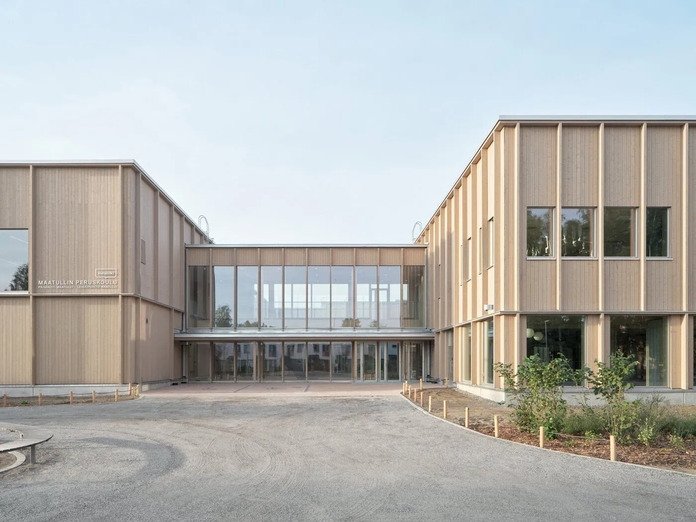
Maatulli School and Kindergarten
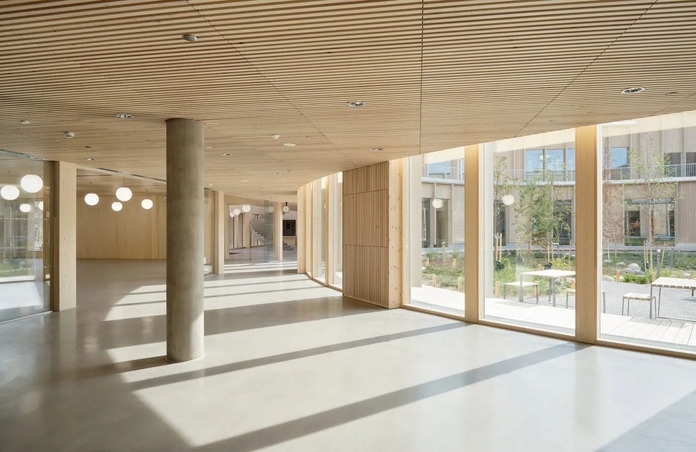
Maatulli School and Kindergarten
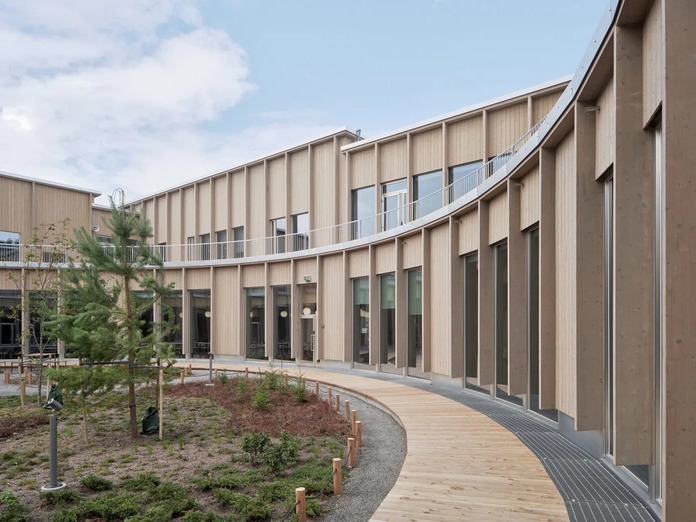
Maatulli School and Kindergarten

Maatulli School and Kindergarten
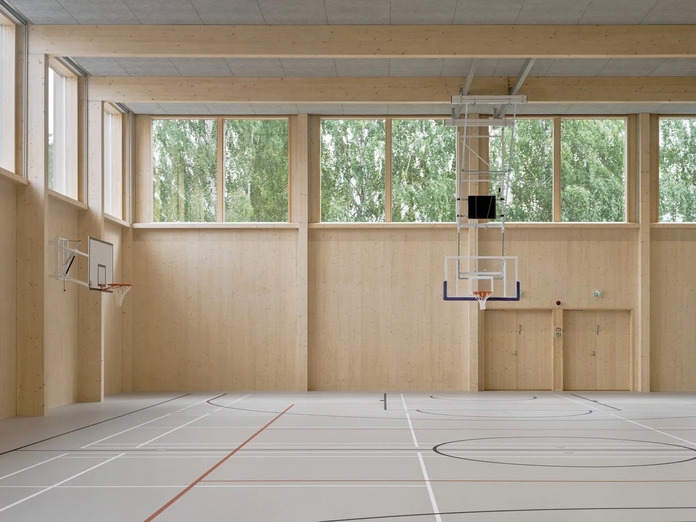
Maatulli School and Kindergarten
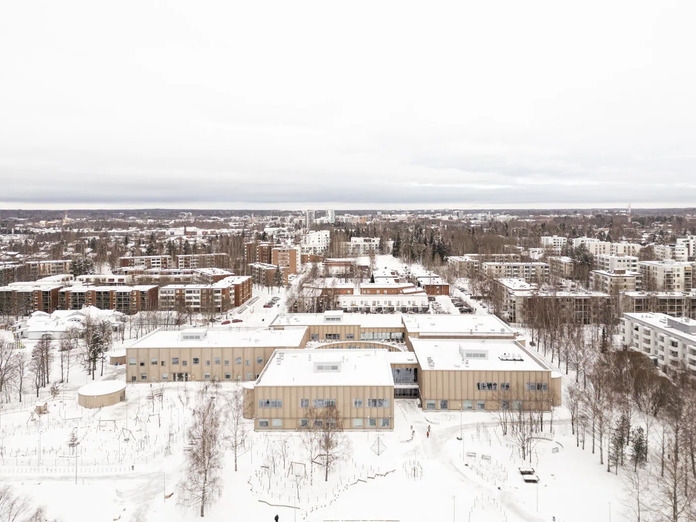
Maatulli School and Kindergarten
Sustainability and well-being were central to the design.
The school was created from a learner's perspective, ensuring it feels homely, easy to navigate, and fosters a welcoming atmosphere where all learners can thrive. The human-scaled layout, with distinct yet interconnected buildings, fosters a sense of belonging while supporting a variety of learning experiences. As one of Helsinki’s first educational buildings constructed using mass timber, the presence of wood and nature is evident throughout the building, reinforcing the deep connection between architecture and nature.
What kind of work do you hope to create in the future?
In the future, I hope to continue creating projects that have a positive impact on both people and the environment. Whether in education, housing, workplaces, or care environments, my aim is to design spaces that foster well-being, community, and a deep connection to nature. While my work has largely been in the Nordics, I am excited by the opportunity to expand internationally. For example, it would be an honor to work in Japan, with such a rich architectural history and innovative design, which I’ve had the privilege of visiting many times and has greatly inspired my work.
What are your thoughts on the ADF Award?
ADF’s commitment to promoting innovative work that fosters environmental responsibility and improves lives is inspiring. I appreciate the opportunity the ADF Design Award provides to engage with the global design community and facilitate valuable collaborations across diverse cultural contexts.

